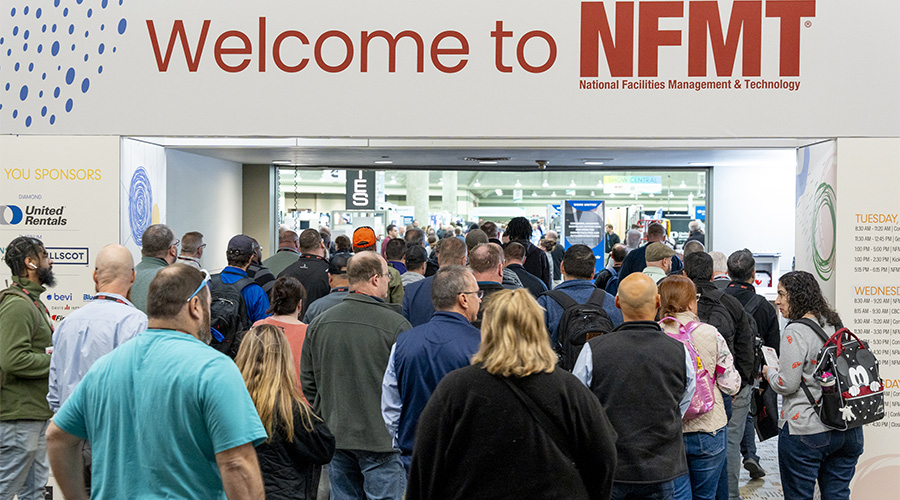New Cost Estimate Classification Developed by ASTM
A new ASTM standard aims to improve communication among stakeholders responsible for preparing, evaluating and using cost estimates in new construction projects.
A new ASTM standard aims to improve communication among stakeholders responsible for preparing, evaluating and using cost estimates in new construction projects.
Standard E 2516 is meant to provide a logical, consistent and objective methodology for the classification of cost estimates for a building project, according to ASTM.
A standard was needed because details frequently change during the natural course of designing a construction job and each detail has an effect on cost. The standard will allow project team members to differentiate between each different cost estimate resulting from these changes. Each development milestone in a project requires an increasingly more detailed cost estimate. Using E 2516 will ensure that the validity of all cost estimates made along the way can be easily understood by everyone on the team, ASTM says.
According to Anthony Huxley, a consultant and E06 member, E 2516 will fill a great need in the construction industry. "Classifications are used in various forms by various organizations but not consistently on a national basis," says Huxley. "There is a clear need for an industry-wide standard.
"E 2516 provides a clear understanding and a common language that will aid communication by all members of any project team," Huxley says. Team members who would benefit from the standard include clients, financiers, project managers, architects, engineers, contractors, and others.
The standard was developed by Subcommittee E06.81 on Building Economics, which is part of ASTM International Committee E06 on Performance of Buildings. Huxley says that the subcommittee is particularly interested in experience reports from anyone who has used the standard, as well as reports on observed accuracy rates in specific areas and industries.
Related Topics:











